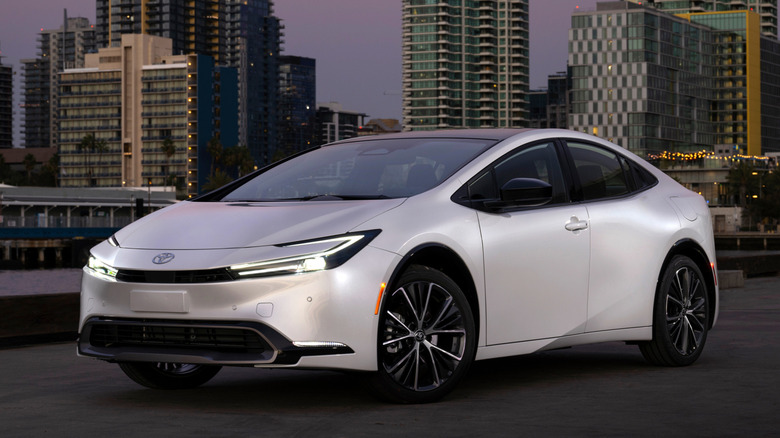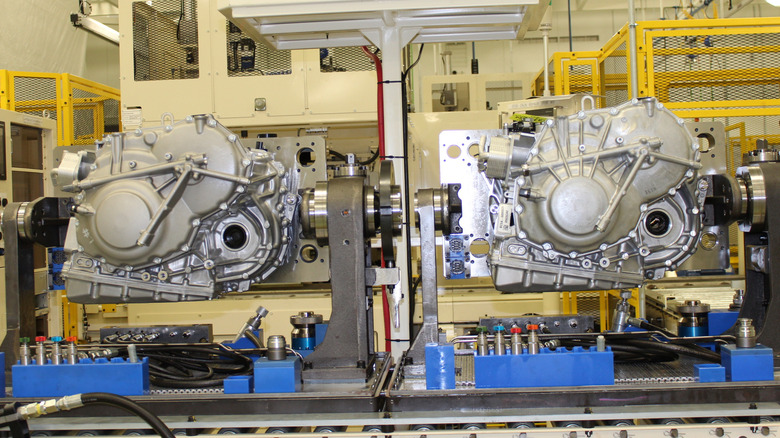Every New CVT Transmission Car Available In The US
There are many new CVT transmission cars available for sale in the US as 2025 models. They come from a wide variety of manufacturers and cover a broad span of price points, from basic transportation options up to full-out luxury vehicles. As you go shopping for your ideal vehicle, you will find CVT-equipped cars, trucks, SUVs, and minivans to choose from. The CVT transmission has become a common component found in nearly all new vehicles today.
Starting at the lower price points, you will find CVT transmissions in many vehicles from Honda (CR-V, CR-V Hybrid, Accord, Accord Hybrid, Civic, Civic Hybrid, and HR-V), Hyundai (Venue, Elantra, and Kona), Kia (Soul, Forte, and Seltos), Chevrolet (Trailblazer and Malibu), Ford (Maverick Hybrid and Escape), Nissan (Sentra, Versa, Kicks, Altima, and Rogue), Subaru (Impreza, Crosstrek, Outback, Forester, WRX, Legacy, and Ascent), Mitsubishi (Outlander PHEV, Outlander, Outlander Sport, and Eclipse Cross), plus a huge selection from Toyota, who offers CVTs in the 2025 Corolla, Corolla Hatchback, Corolla Hybrid, Corolla Cross, Corolla Cross Hybrid, Camry, RAV4 Hybrid, RAV4 Plug-In Hybrid, Sienna, Prius, Prius Plug-In Hybrid, Grand Highlander Hybrid, Highlander Hybrid, Crown, and Crown Signia.
Continuing with the more upscale brands, we have CVT transmissions that can be found in Buicks (the Encore GX), Acura (some Integra models), Chrysler (Pacifica Hybrid minivan), Lincoln (Nautilus Hybrid and Corsair), Infiniti (QX50 and QX55), and a wide variety of Lexus models, including the UX Hybrid, NX Hybrid, NX Plug-In Hybrid, ES Hybrid, LC Hybrid, LS Hybrid, RX Hybrid, RX Plug-In Hybrid, and the TX Plug-In Hybrid.
What is a CVT transmission?
A CVT transmission is a different type of automatic when compared to the multi-gear automatic transmissions that most people are used to driving. Instead of having multiple stepped gear ratios that the car shifts through as the driver accelerates, a CVT is stepless, having no set ratios. A CVT uses two pulleys (one for power input and one for output) that may be shaped like a "V" or a cone, allowing the engine to run at its most efficient speed for a given load or power demand. This allows the vehicle with a CVT to achieve significantly better fuel economy than one with a traditional automatic transmission featuring stepped gears.
A CVT is also a simpler device, thanks to the fact that it uses fewer parts, takes up less space, and weighs less. Subaru was among the first manufacturers to adopt the CVT for production cars, originally using it back in the 1980s.
A potential downside of CVT transmissions is the tendency of some of them to produce what is known as the "rubber-band effect." This is the tendency of a pure CVT to have the engine accelerate before the vehicle's speed catches up to it. Some manufacturers have attempted fixes to their CVTs that eliminate this issue at the cost of a slight reduction in fuel economy.
Toyota added a physical first gear to its CVT to eliminate the problem. This way, the CVT on the Toyota Dynamic-Shift Continuously Variable Transmission does not kick in until speeds of up to 25 mph, eliminating rubber-banding.

